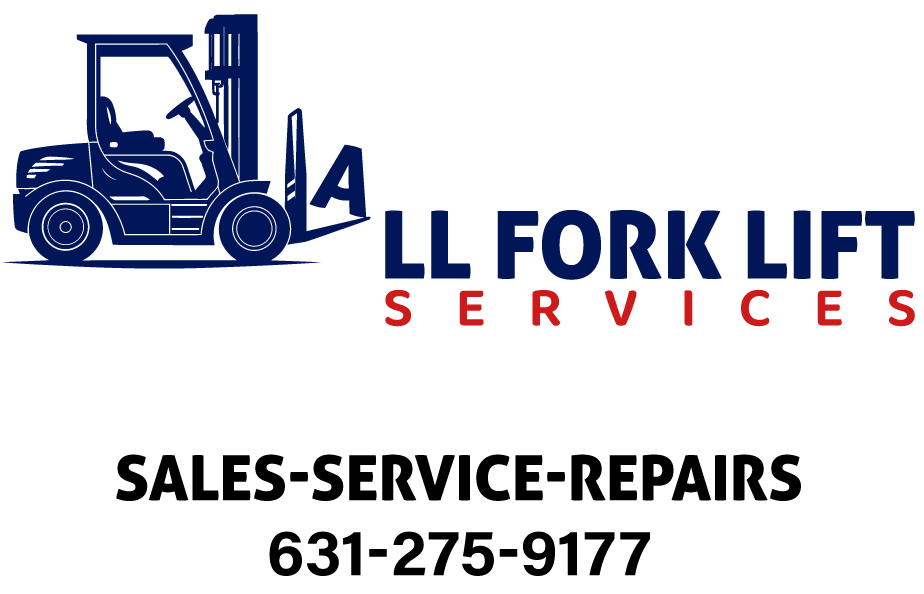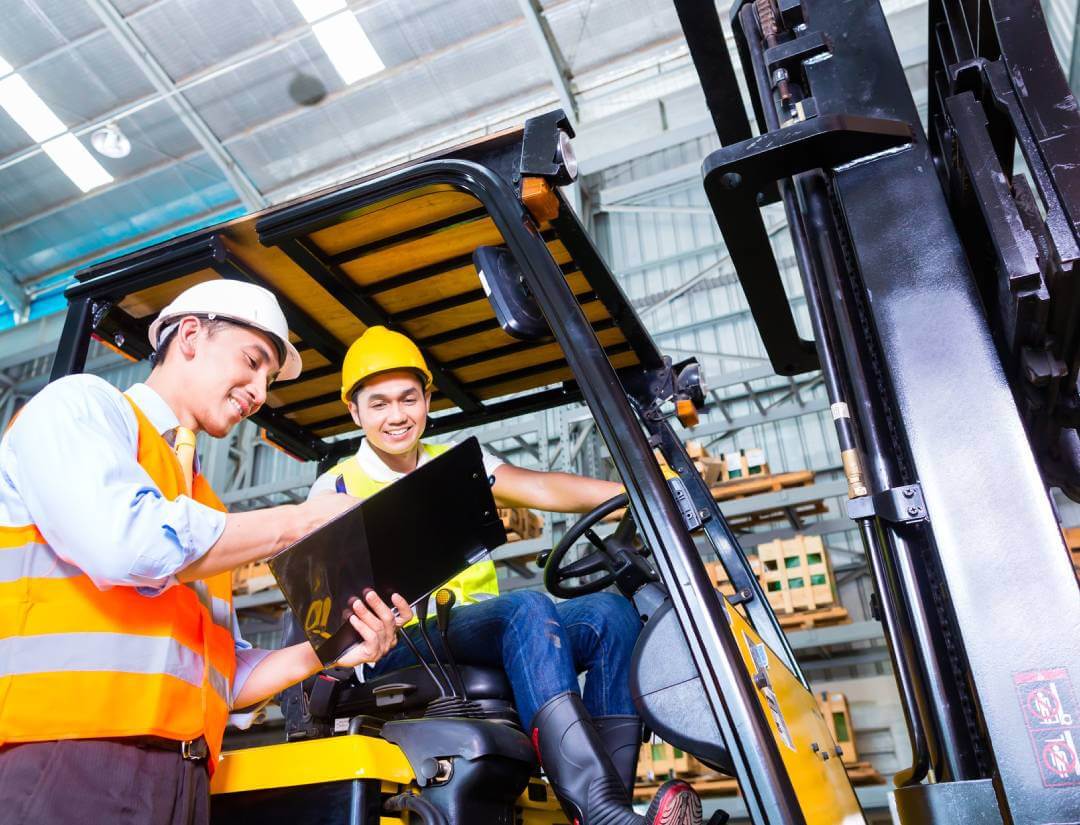Forklifts are essential in material handling operations, but like any piece of equipment, they can
encounter problems. Knowing how to troubleshoot and fix forklift issues is crucial for maintaining
productivity and safety. Here, we address some common forklift problems and provide practical
solutions to fix them
1. Regular Forklift Inspections
Problem: Forklift Won’t Start
One of the most common forklift problems is difficulty starting the engine. This can be caused by
a dead battery, faulty starter, or fuel system issues.
Fix: Check the Battery and Starter
First, inspect the battery connections for corrosion and ensure they are tight. If the battery is
dead, recharge or replace it. If the battery is fine, check the starter motor and connections.
Ensure the fuel system is functioning properly and there are no blockages in the fuel lines.
Hydraulic System Failures
Problem: Lift and Tilt Malfunctions
Hydraulic problems can prevent the forklift from lifting or tilting loads correctly. This can be due
to low hydraulic fluid levels, leaks, or damaged hydraulic components.
Fix: Inspect and Refill Hydraulic Fluid
Check the hydraulic fluid levels and refill if necessary. Inspect hydraulic hoses and cylinders for
leaks or damage. Replace any damaged components and ensure all connections are secure to
fix forklift hydraulic issues.
Steering Difficulties
Problem: Hard Steering
Hard steering can make the forklift difficult to control, posing safety risks. This issue may be
caused by low steering fluid, damaged steering components, or tire problems.
Fix: Check Steering Fluid and Tires
Ensure the steering fluid reservoir is full. Inspect the steering mechanism for damage or wear
and replace any faulty parts. Check forklift tires for proper inflation and wear, replacing them if
necessary to improve steering performance.
Brake Problems
Problem: Ineffective Brakes
Braking issues can lead to accidents and are often caused by worn brake pads, low brake fluid,
or damaged brake lines.
Fix: Inspect and Replace Brake Components
Regularly check brake pads for wear and replace them as needed. Ensure the brake fluid is at
the correct level and there are no leaks in the brake lines. Addressing these components will fix
forklift braking issues.
Electrical Issues
Problem: Malfunctioning Lights and Controls
Electrical problems can affect lights, gauges, and control functions. This is often due to blown
fuses, faulty wiring, or battery issues.
Fix: Check Electrical Connections and Fuses
Inspect the electrical system for loose or damaged wires. Replace blown fuses and ensure all
connections are secure. Regularly check the battery for proper voltage and charge to fix forklift
electrical issues.
Overheating
Problem: Engine Overheats
Overheating can cause significant damage to the engine. This is usually due to low coolant
levels, a faulty radiator, or blocked airflow.
Fix: Maintain Cooling System
Check coolant levels regularly and top off as needed. Inspect the radiator for leaks or damage
and ensure it is clean and unobstructed. Maintain proper airflow around the engine to prevent
overheating and fix forklift cooling issues.
Transmission Problems
Problem: Difficulty Shifting Gears
Transmission issues can lead to difficulty in shifting gears, impacting the forklift’s performance.
This can be due to low transmission fluid, worn gears, or a faulty transmission pump.
Fix: Check and Refill Transmission Fluid
Ensure the transmission fluid is at the correct level. Inspect the transmission system for worn or
damaged components and replace them as needed to fix forklift transmission issues.
Regular maintenance and timely troubleshooting are key to fixing common forklift problems and
ensuring the longevity and efficiency of your equipment. By addressing issues promptly and
following proper maintenance procedures, you can minimize downtime and maintain a safe,
productive work environment.

